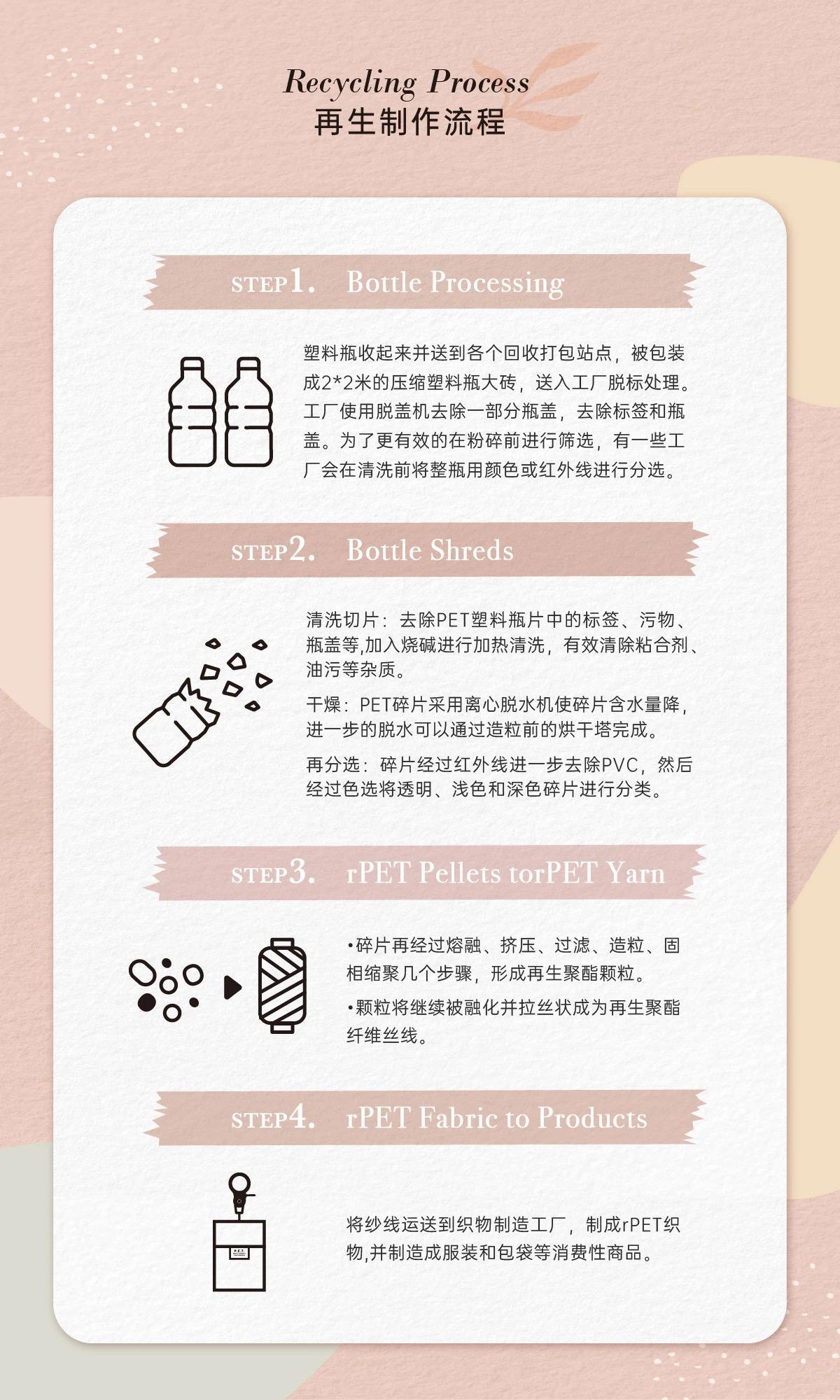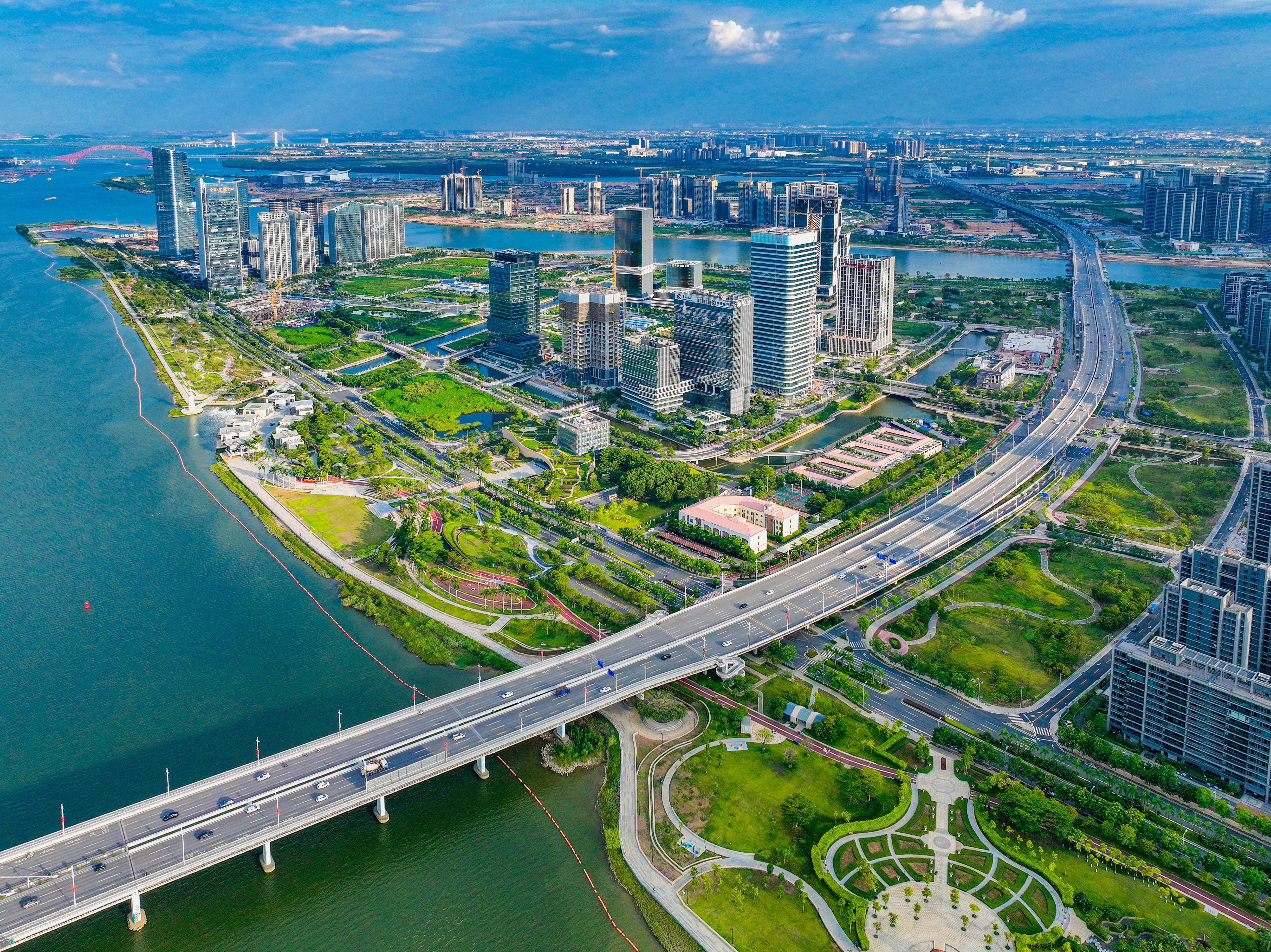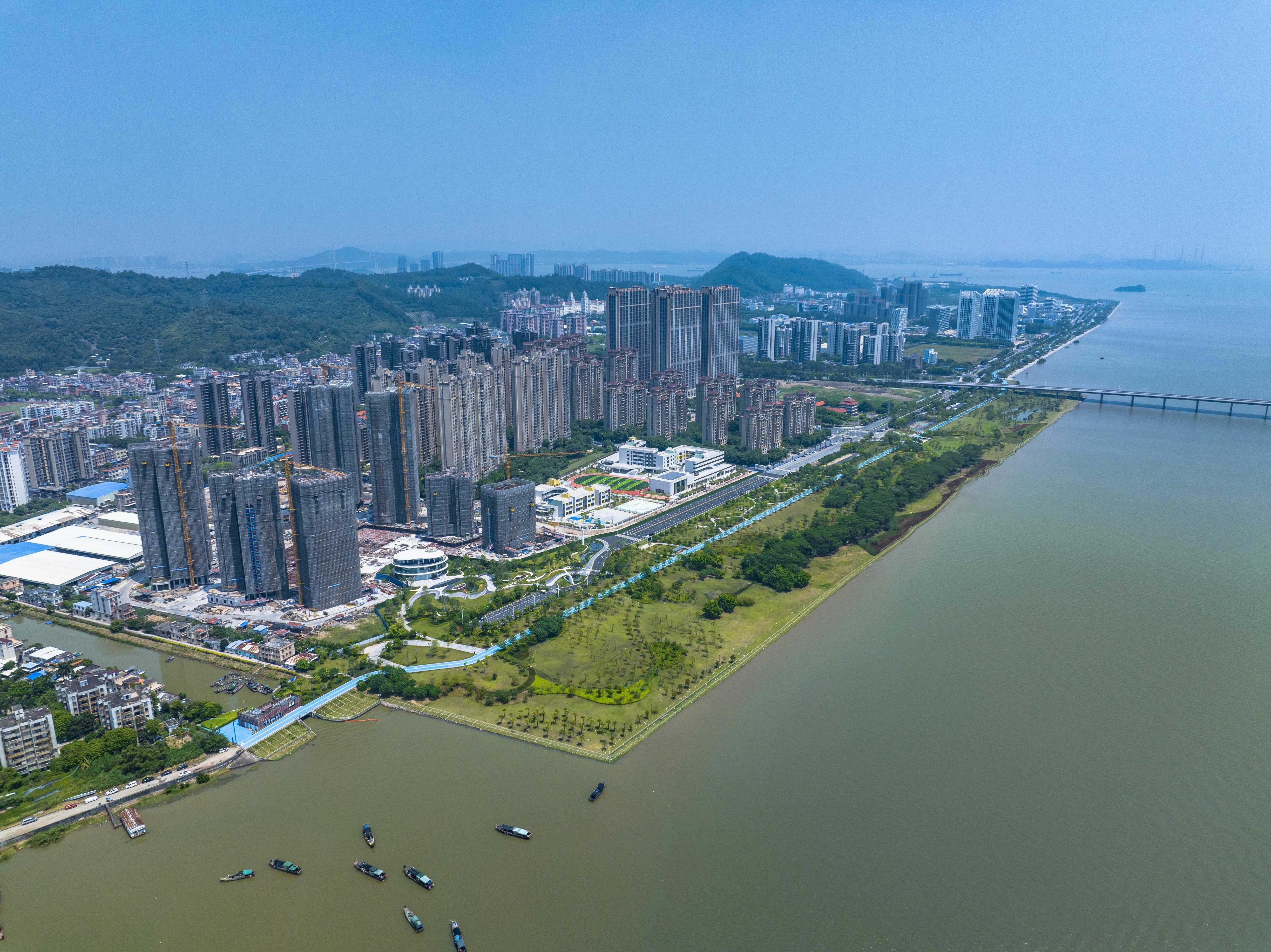
"This beautiful scarf is actually made from three discarded plastic bottles." Recently, a stunning scarf from Guangzhou's Nansha District, appeared at a press conference held by the State Council Information Office (SCIO) of the People's Republic of China, quickly gaining unexpected popularity.

During the conference, Guo Fang, Vice Minister of Ecology and Environment, showcased this scarf while introducing the achievements in building beautiful bays. The scarf is printed with vibrant marine life, mangrove plants, and a little girl sitting on a swing made from mangrove wood, depicting the harmonious coexistence between humans and nature. Guo Fang explained that the scarf’s raw material is plastic bottles sourced from a public beach-cleaning campaign in Nansha, Guangzhou.
Nansha, a typical estuarine and coastal region, boasts rich biodiversity. In Tantou Village, located in eastern Nansha, lies a 45.5-acre mangrove forest, the largest contiguous area of natural mangroves remaining in Guangzhou. The complex root systems of the mangroves tend to trap plastic bottles, glass bottles, straws, and other marine debris, gradually killing the mangroves.

The mangrove ecosystem is a prime example of a marine ecosystem. Since 2022, the Guangzhou Marine Carbon Research Association has implemented the "Tantou Village Mangrove Protection and Restoration Action" in Nansha. To date, over 800 participants have joined the beach-cleaning efforts, collecting more than 500 kilograms of marine debris, with some of the plastic bottles being repurposed into scarves as one of the results of this recycling effort.
How are plastic bottles transformed into scarves? The plastic bottles collected during the Nansha public beach-cleaning campaign are compressed into "plastic bottle bricks" and sent to specialized processing and cleaning factories for crushing and washing. Through a series of processes including pre-washing, high-temperature soaking, multiple rounds of rinsing, air separation, and dehydration, the plastic is regenerated into yarn. This yarn is then woven and dyed into scarves, turning into eco-friendly and exquisite fashion items.

In recent years, Nansha has been actively engaged in water conservation, beach protection, and ecological restoration, aiming to create a harmonious relationship between humans and the sea. With constant efforts to explore ways to convert "green mountains and clear waters" into economic value, the focus remains on integrating urban and marine development for the benefit of people by bringing them happiness from ecological protection.
Source :Yangcheng Evening News
一条来自广州的丝巾为何登上了国新办发布会?
“这条漂亮的丝巾其实是由三个废弃塑料瓶制成的。”近日,在国务院新闻办公室举行的新闻发布会上,一条来自广州南沙的漂亮丝巾“火出圈”。
当时,生态环境部副部长郭芳在会上介绍美丽海湾建设成果时,拿出这条丝巾进行展示。丝巾上印着丰富多样的海洋生物和红树林植物,以及一名小女孩坐在秋茄制成的秋千上,勾勒出一幅人与自然和谐相处的美好画面。郭芳表示,这条丝巾的原材料——塑料瓶均来自广州南沙的公益净滩行动。
广州南沙是典型的河口滨海区域,拥有丰富的生物多样性。其中在南沙东部的坦头村,有一片红树林,面积达45.5亩,是广州现存天然红树林中面积最大的连片区域。红树林根系非常发达,塑料瓶、玻璃瓶、吸管等海漂垃圾很容易被藏进树根,导致红树林慢慢枯死。
红树林生态系统是典型的海洋生态系统。2022年开始,广州市海洋双碳研究会在南沙实行“坦头村红树林保护修复行动”。至今,超过800人次参与净滩行动,捡拾的海漂垃圾有500公斤以上,其中部分塑料瓶进行再利用,丝巾便是再利用成果之一。
塑料瓶如何变成丝巾?据介绍,南沙公益净滩行动中收集的塑料瓶会被压成“塑料瓶砖”,并送往专业的加工清洗厂进行破碎清洗。这些塑料,经过预洗、高温浸洗、多道漂洗、风选、脱水等一系列工序再生成纱线,后又经过织布、印染等工序化身为丝巾,成了环保又精致的时尚单品。
近年来,南沙治水护滩、修复生态,打造人海和谐的美丽海湾,不断探索“金山银山”转化模式,始终将城海交融发展的落脚点放在惠民利民,让人民真正体会到生态环境保护带来的幸福感。
文 | 记者 薛仁政 实习生 李思雨 通讯员 穗环宣
译 | 赵凡
-
Poster丨The 3rd plenary session of 20th CPC central committee,Q&A
2024-07-14 22:39:44 -
Navigating the challenges and opportunities of unmanned driving
2024-07-13 22:23:33 -
Exploring the 520-kilometer cycling route map in Guangzhou
2024-07-13 22:23:38 -
Guangzhou Subway: A new stage for young people "selling" themselves
2024-07-13 22:23:42






